Discovering Bartramia: A Fascinating Journey into the World of Bryophytes
Affiliate Disclaimer: As an affiliate, we may earn a small commission when you make a purchase from any of the links on this page at no additional cost to you!
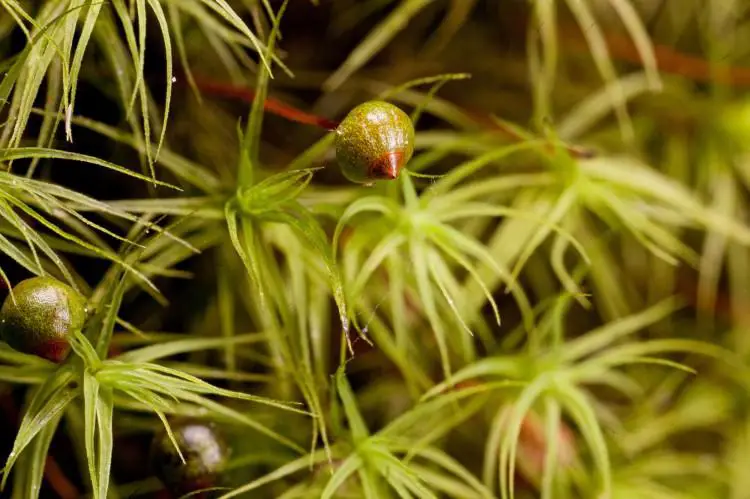
Bartramia-pomiformis-21-750×499.jpg from: https://ohiomosslichen.org/moss-Bartramia-pomiformis/
Introduction
In the vast and captivating world of bryophytes, the Bartramia pomiformis var. heteromalla (Brid.) Müll.Hal. moss stands out as a remarkable member of the Bartramiaceae
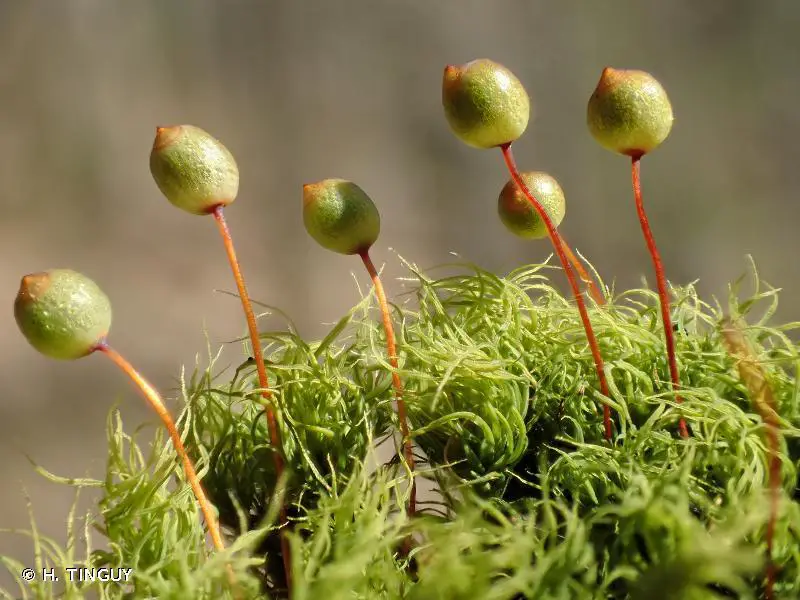
193773.jpg from: https://inpn.mnhn.fr/espece/cd_nom/4978
family. Often referred to simply as Bartramia, this unassuming yet fascinating plant has captured the hearts of moss enthusiasts worldwide. Let’s delve into the intriguing realm of this verdant wonder and uncover its secrets.
Background
Before we explore the specifics of Bartramia pomiformis var. heteromalla, it’s essential to understand the broader context of bryophytes. These non-vascular plants, collectively known as Bryophyta, encompass mosses, liverworts, and hornworts. They play a crucial role in various ecosystems, serving as pioneers in colonizing new environments and contributing to soil formation and moisture retention.
Main Content
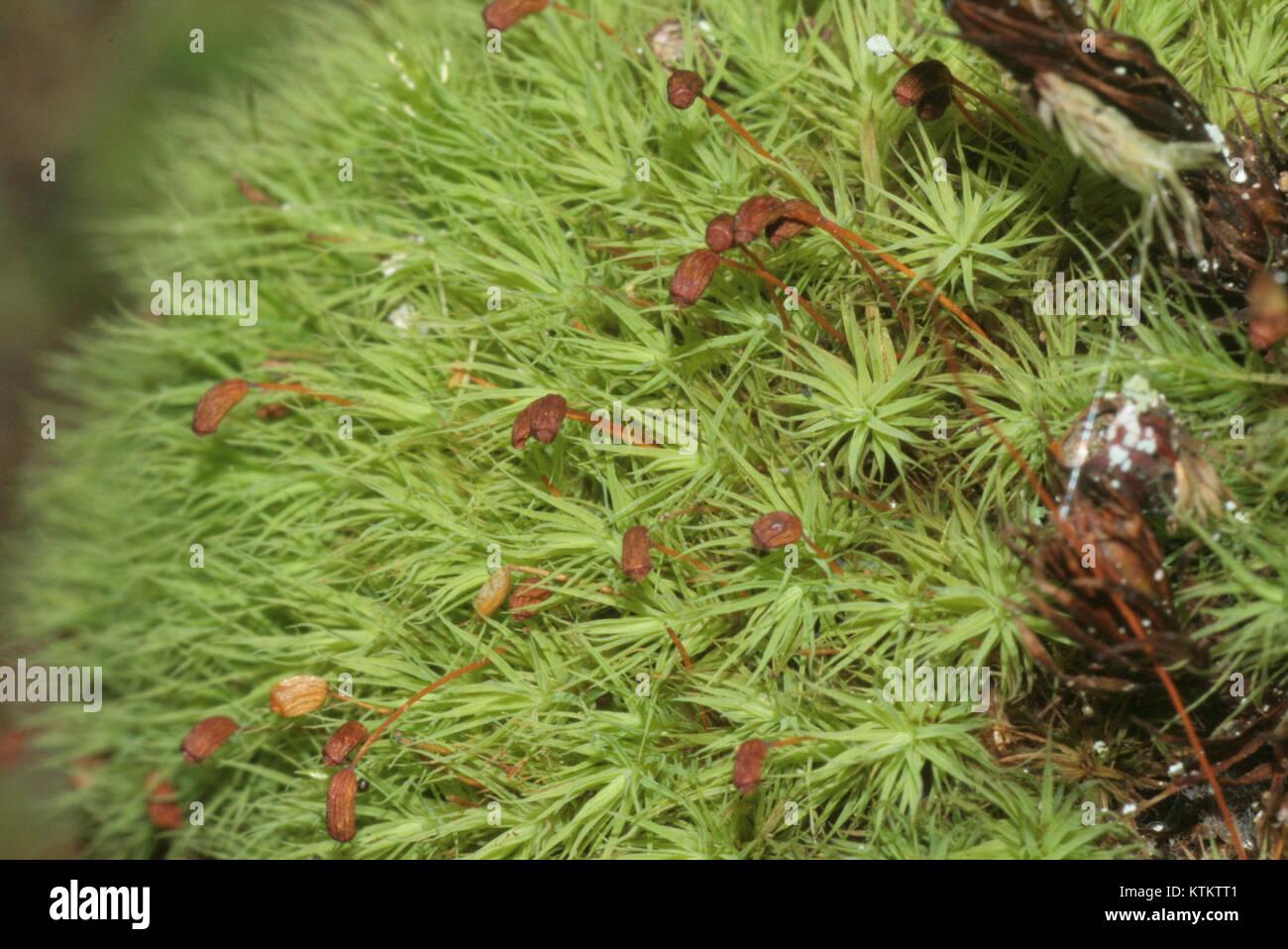
bartramia-pomiformis-b-152752-482425-8589-KTKTT1.jpg from: https://www.alamy.com/stock-photo-bartramia-pomiformis-b-152752-482425-8589-170081633.html
Morphology and Identification
Bartramia pomiformis var. heteromalla is a striking moss that can be easily identified by its distinctive features. The plants form dense, cushion-like tufts, with stems reaching up to 5 centimeters in height. The leaves are
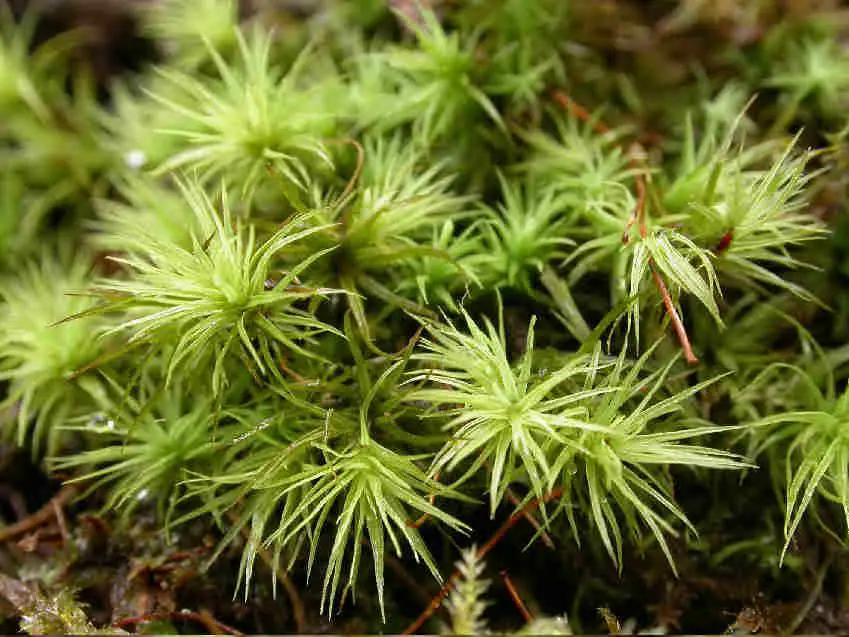
Bartramia_pomiformis_025.JPG from: https://cisfbr.org.uk/Bryo/Cornish_Bryophytes_Bartramia_pomiformis.html
lanceolate in shape, with a prominent midrib that extends into a hair-like awn. This awn, or bristle-like projection, is a defining characteristic of the species.
One of the most remarkable aspects of Bartramia is its spherical capsules, which resemble tiny apples or pomes, hence the specific epithet “pomiformis.” These capsules are supported by a reddish-brown seta (stalk) and are often inclined or horizontal in orientation.
Global Distribution and Habitat
Bartramia pomiformis var. heteromalla is widely distributed across various regions of the world, including Europe, Asia, North America, and parts of South America. It thrives in a variety of habitats, such as moist, shaded areas, rocky outcrops, and decaying logs. This moss prefers acidic soils and is commonly found in coniferous and mixed forests, as well as in montane regions.
Ecological Roles and Adaptations
Like many bryophytes, Bartramia plays a vital role in its ecosystem. It contributes to soil formation and moisture retention, creating favorable conditions for other plants to thrive. Additionally, this moss serves as a microhabitat for various invertebrates, providing shelter and sustenance.
One of the remarkable adaptations of Bartramia is its ability to tolerate desiccation. During dry periods, the plants can enter a state of dormancy, only to revive and resume growth when moisture becomes available again. This resilience allows the moss to survive in challenging environments and contributes to its widespread distribution.
Case Studies/Examples
In a recent study conducted in the Pacific Northwest region of North America, researchers discovered that
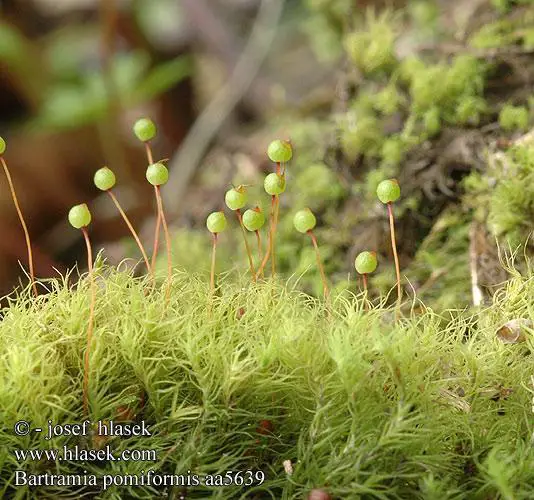
bartramia_pomiformis_aa5639.jpg from: https://www.hlasek.com/bartramia_pomiformis_aa5639.html
Bartramia pomiformis var. heteromalla played a crucial role in facilitating the establishment of other plant species in disturbed areas. The moss’s ability to retain moisture and create a favorable microclimate allowed for the successful germination and growth of various vascular plants, contributing to the overall ecosystem recovery.
Technical Table
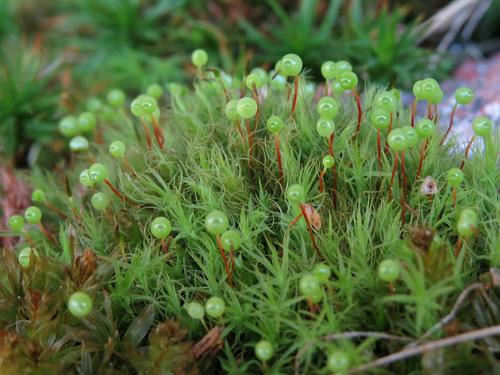
medium-11586.jpg from: https://plantdollar.com/plant/bartramia-pomiformis/
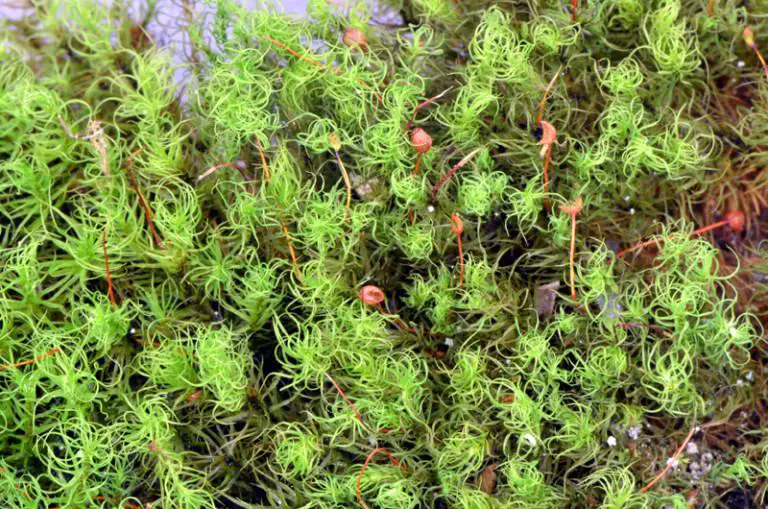
Bartramia-pomiformis-AH-243-1-768×509.jpg from: https://sites.cortland.edu/bryophytes/field-guide/mosses/acrocarp/bartramia-pomiformis/
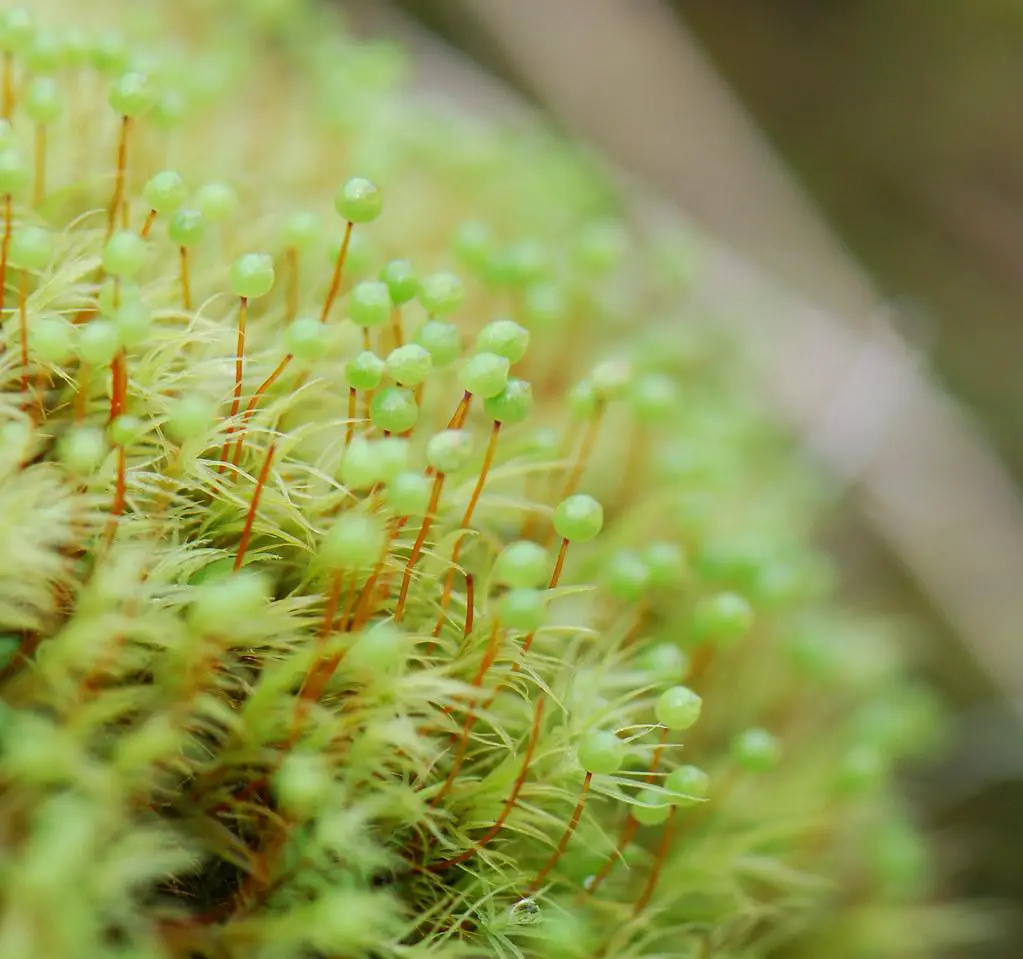
6893434332_252181a774_b.jpg from: https://www.flickr.com/photos/tabtannery/6893434332
| Characteristic | Description |
|---|---|
| Family | Bartramiaceae |
| Genus | Bartramia |
| Species | Bartramia pomiformis var. heteromalla (Brid.) Müll.Hal. |
| Growth Form | Cushion-like tufts |
| Stem Height | Up to 5 cm |
| Leaf Shape | Lanceolate with prominent midrib |
| Awn | Hair-like projection |
| Capsule | Spherical, apple-like |
| Seta | Reddish-brown |
| Habitat | Moist, shaded areas, rocky outcrops, decaying logs |
| Distribution | Europe, Asia, North America, parts of South America |
Conclusion
The Bartramia pomiformis var. heteromalla
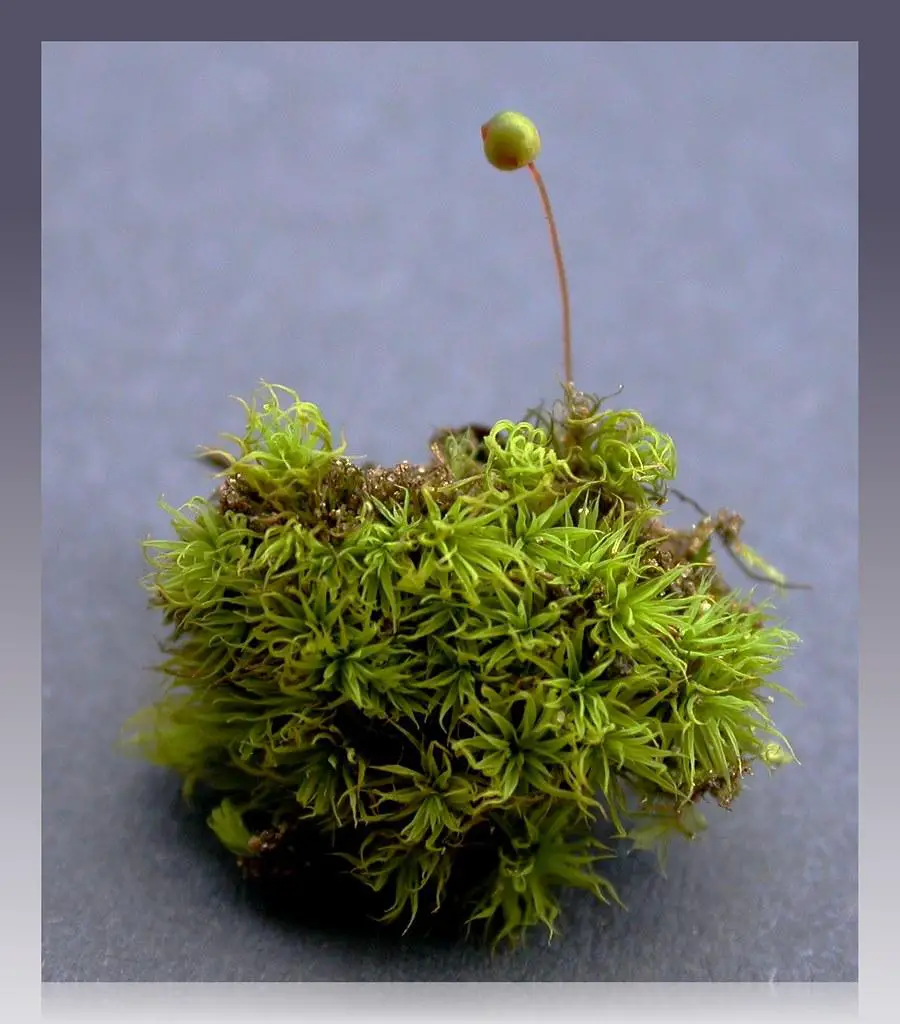
4531781105_0e5f0e23d0_b.jpg from: https://www.flickr.com/photos/41066614@N05/4531781105/
moss is a true marvel of nature, captivating moss enthusiasts with its unique morphology and ecological significance. From its distinctive spherical capsules to its resilience in the face of desiccation, this bryophyte embodies the incredible adaptations that have allowed it to thrive across diverse habitats.
As we continue to explore and appreciate the wonders of the natural world, let us ponder this thought-provoking question: How can we better protect and conserve the delicate ecosystems that support these remarkable organisms, ensuring their continued existence for generations to come?
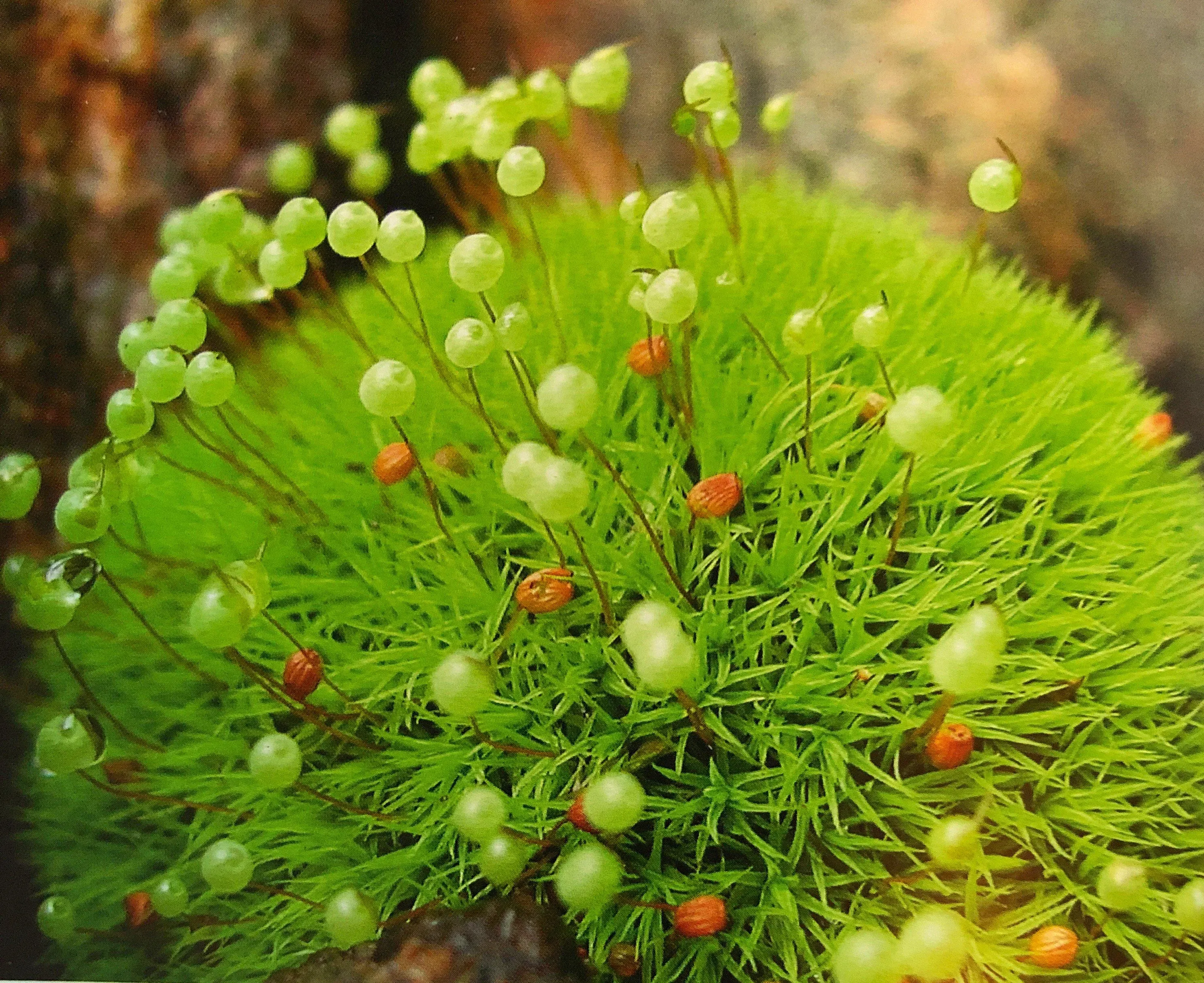
il_fullxfull.3811444069_n2co.jpg from: https://www.thebryophytanursery.com/listing/1189538920/rare-pincushion-moss-bartramia
